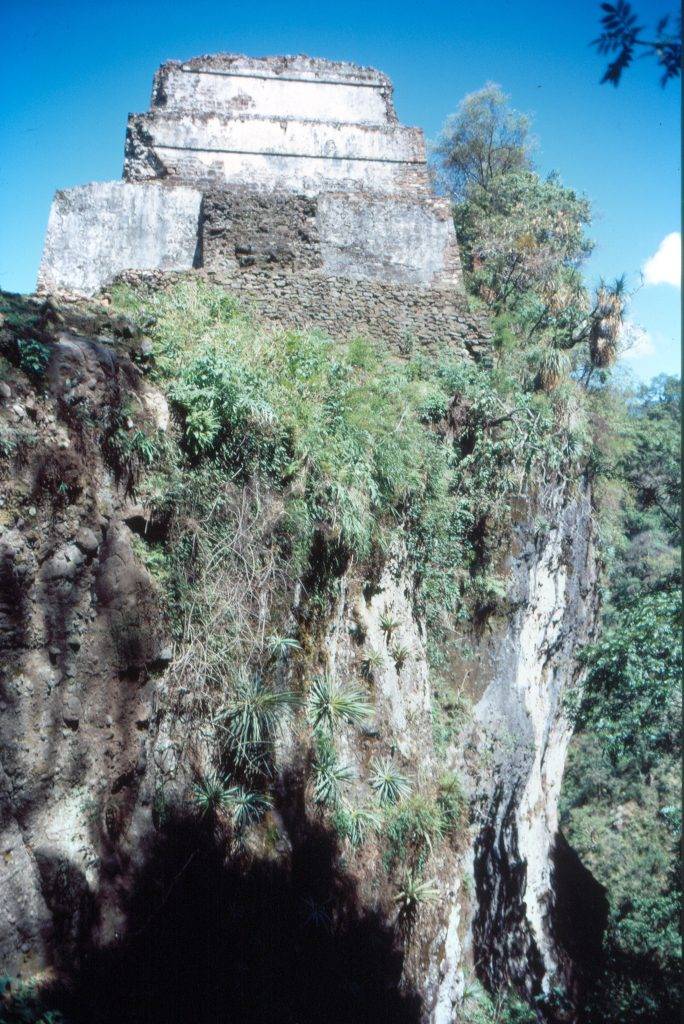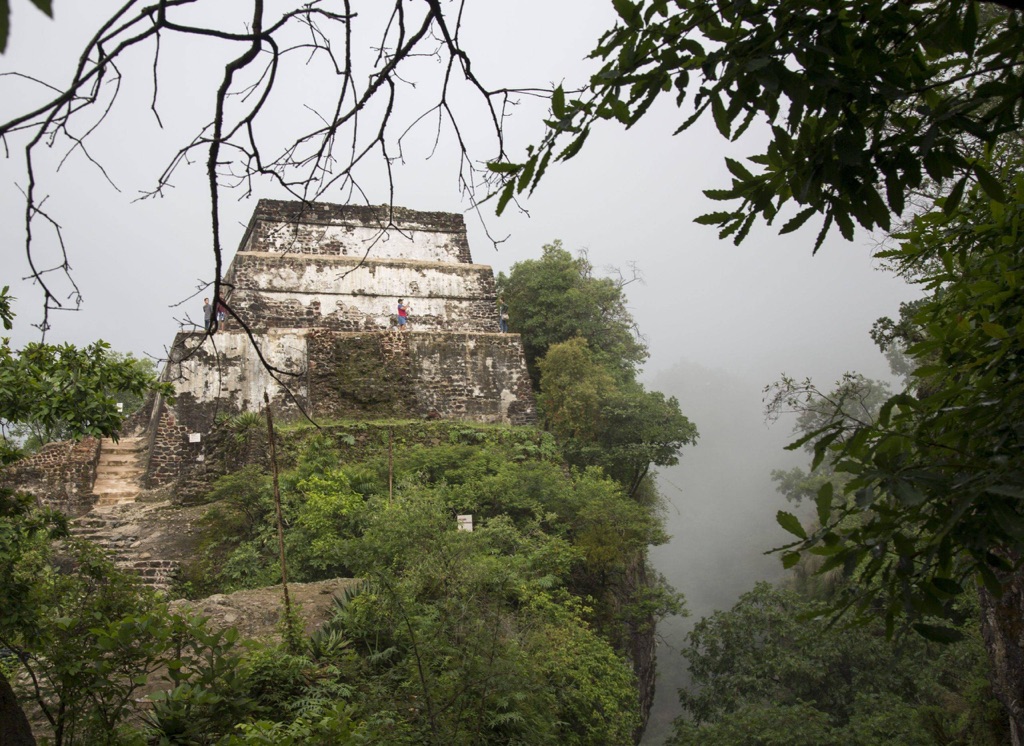Perched atop a steep hill in the Mexican state of Morelos, the ancient site of Tepozteco offers a fascinating glimpse into the past. This archaeological site, home to a small temple dedicated to the Aztec god Tepoztēcatl, is a testament to the architectural prowess and religious beliefs of the Aztec civilization. Its location, high above the town of Tepoztlán, provides breathtaking views of the surrounding landscape, making it a must-visit for history enthusiasts and nature lovers alike.
Get your dose of History via Email
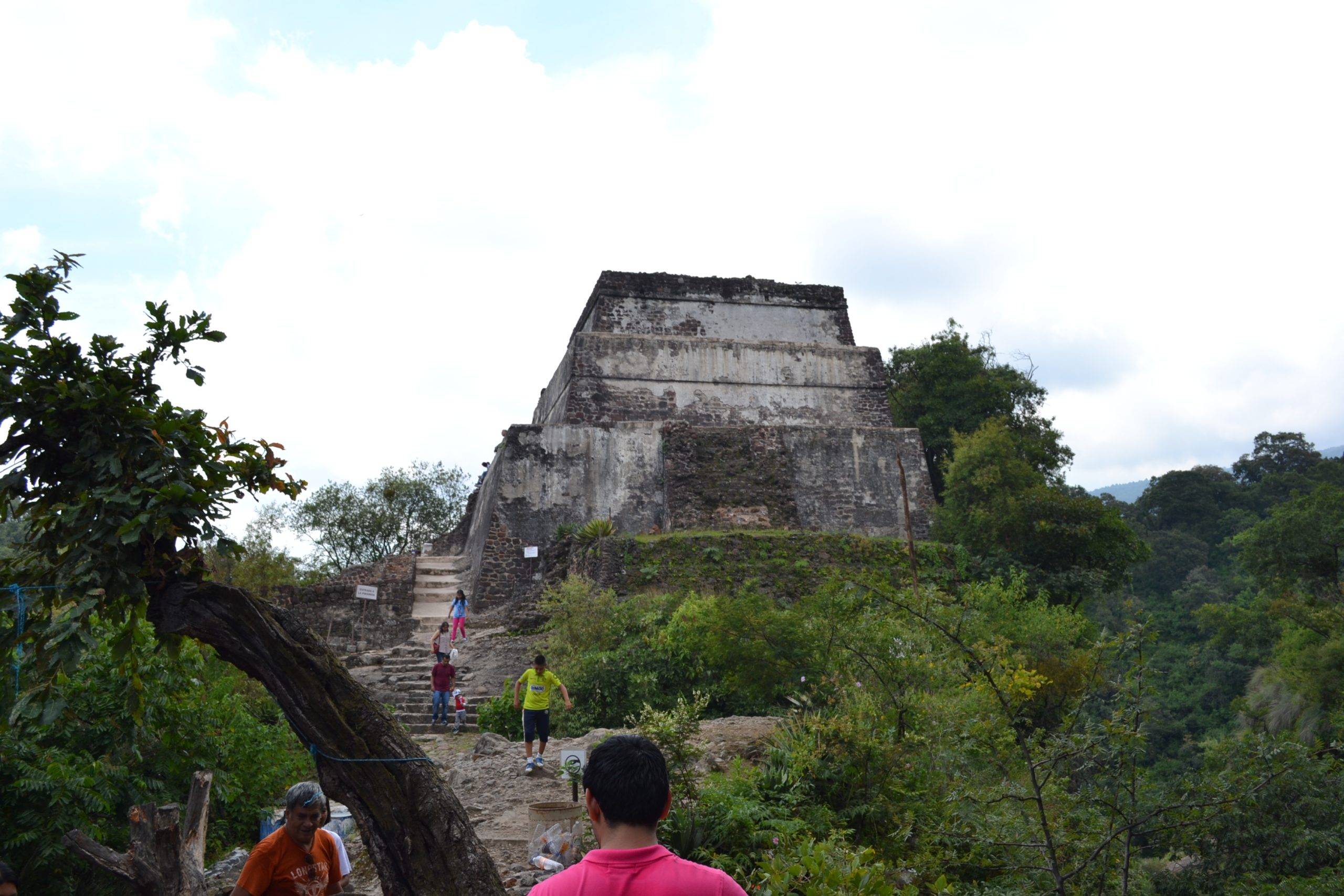
Historical Background
The Tepozteco archaeological site dates back to the Postclassic period of Mesoamerican history, specifically around the 13th to 15th centuries. It was built by the Aztecs, a civilization renowned for its architectural, artistic, and scientific achievements. The temple at Tepozteco was dedicated to Tepoztēcatl, the Aztec god of pulque, a traditional alcoholic beverage made from the fermented sap of the maguey plant. Tepoztēcatl was also associated with the wind, the harvest, and the east, the direction of the sunrise.
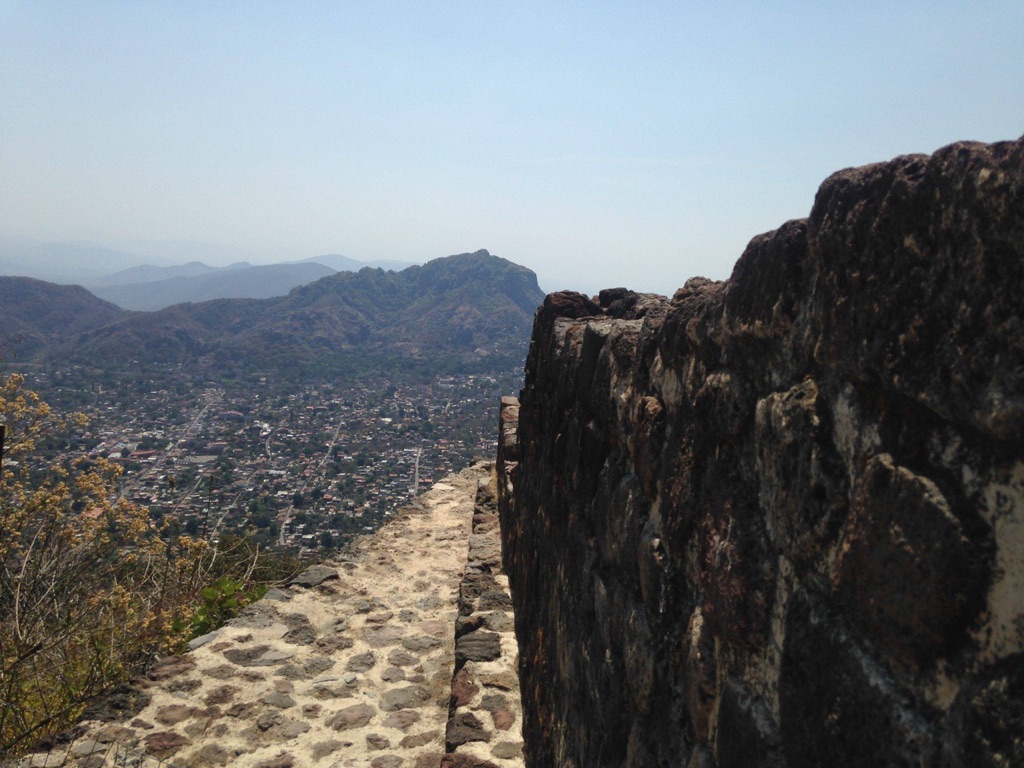
Architectural Highlights
The temple at Tepozteco, though small, is a marvel of ancient architecture. It measures approximately 9.8 meters by 3.8 meters and is constructed primarily from local stone. The temple’s design is typical of Aztec architecture, with a single room at the top of a pyramid-like platform. The platform is accessed by a steep staircase, a feature that is characteristic of Mesoamerican pyramids. The temple’s location on a hilltop is also significant, as it reflects the Aztec belief in the sacredness of mountains, which were considered to be the homes of gods and the gateways to the heavens.
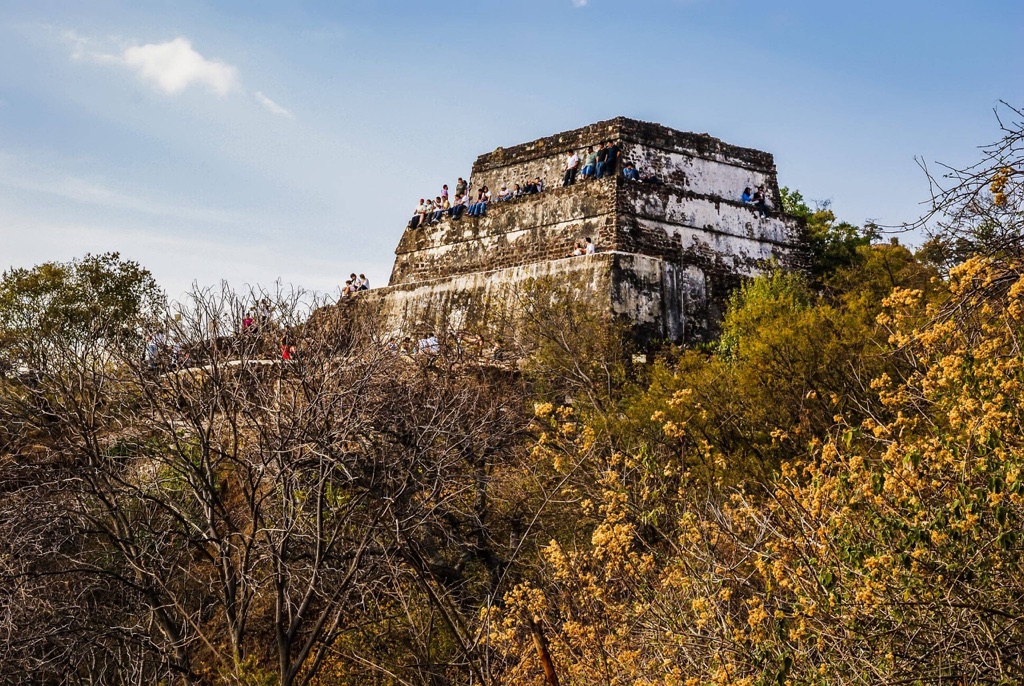
Theories and Interpretations
Given the temple’s dedication to Tepoztēcatl, it is believed that the site was used for rituals and ceremonies related to the god. This could have included the consumption of pulque, which was used in religious ceremonies and was believed to have sacred properties. The temple’s hilltop location would have made it an ideal site for observing the heavens, which played a crucial role in Aztec religion and cosmology. The dating of the site has been determined through archaeological methods such as stratigraphy and the analysis of pottery shards found at the site.
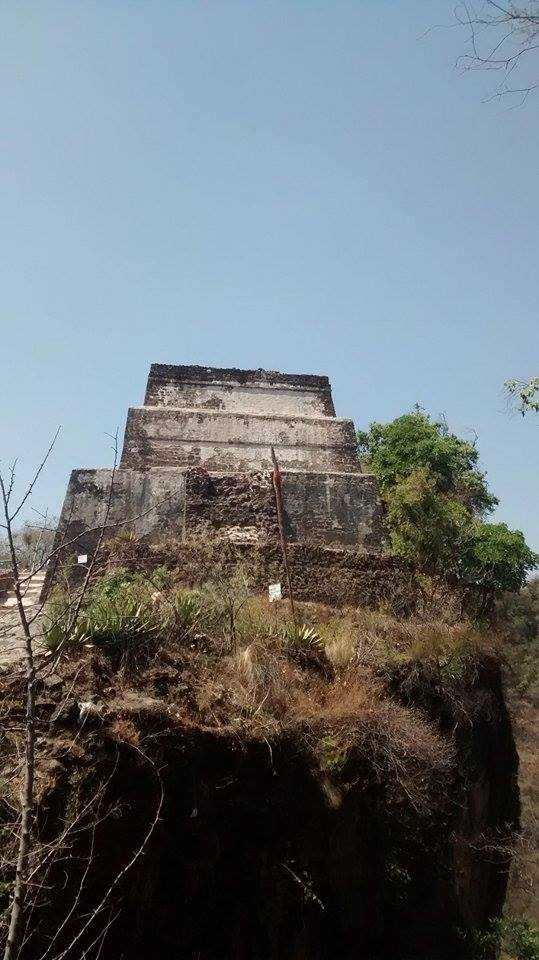
Good to know/Additional Information
Today, Tepozteco is a popular tourist destination. The hike to the top of the hill, though challenging, is rewarded with stunning views of Tepoztlán and the surrounding countryside. The site is also home to a museum that displays artifacts found at Tepozteco and provides further information about the Aztec civilization. The town of Tepoztlán itself is worth a visit, with its charming streets, colorful markets, and the beautiful Ex-Convento Dominico de la Natividad, a UNESCO World Heritage site.
